Temperature conditions in cold storage facilities
Cold storage lighting systems are designed to address the need for delivering consistent performance at low ambient temperatures. A cold storage facility is a building or portion of a building or structure where a low ambient temperature is maintained to promote extended shelf life of products or commodities. Depending on the range at which the interior temperature is held, cold storage facilities can be categorized into coolers (positive chambers) that store products at temperatures above 0 °C (32°F) and freezers (negative chambers) that store products at temperatures under the freezing point. Further divisions of negative chambers include chill coolers (-4° to 0 °C or 25° to 32 °F), holding freezers (-29° to -4 °C or -20 to 25 °F), and blast freezers (-29° to -46 °C or -20° to -50 °F). As with other types of warehouses, cold storage facilities are a major component of any business logistics system and a part of the manufacturing infrastructure for food processing plants and other industries that involve production or processing of products or materials sensitive to temperature changes.
Environmental and operational challenges
Proper lighting is essential to ensuring that operations in cold storage cooler/freezer warehouses take place safely and efficiently. These facilities have all the typical challenges found in any warehouse, along with some unique requirements that must be fulfilled. Warehouse operations are challenged to reduce energy consumption and maintenance costs while maximizing productivity and creating a safer work environment. Cold storage cooler/freezer warehouses are no exception and even go one step further. To reduce refrigeration equipment load and help maintain temperatures, refrigerated warehouses often require full shell insulation.
Although refrigeration and electric defrost equipment contributes the largest portion of the investment and energy use in these facilities, electrical lighting is as critical as these equipment because it is the sole source of light for illumination of tasks and activities performed in these fully enclosed spaces. This calls for an extremely energy efficient, durable, low-maintenance and robust lighting solution, which supports a safe and productive environment while reducing lighting costs to a minimum. Low ambient temperatures also make it difficult to implement some lighting technologies. At below-freezing temperatures fluorescent lamps may not start. At temperatures less than 2 °C (68 °F) they produce less than rated lumens. Most HID lamps have a low temperature rating of -29 °C (-20 °F). To operate in temperatures down to -40 °C (-40 °F), ignitor-start ballasts must be used. Induction lamps are generally rated to operate at temperature above -25 °C (-11 °F).
LED technology advantages
Thanks to LED technology, cold storage lighting is becoming more efficient and reliable. LEDs are low voltage semiconductor devices which convert electrical power to optical power by employing the principle of injection electroluminescence. This nature gives them more cold temperature immunity as compared to gas discharged lamps of which the extremely high electrical resistance in cold environments makes it difficult for the gas inside the lamp to become conductive for lamp starting and to absorb from the AC voltage source as much current as the ballast for efficient lighting.
An LED can operate in extremely low ambient temperatures as long as it is driven at its forward voltage. In fact, LEDs flourish in cold environments because of temperature dependent failure mechanisms. The higher the operating temperature, the less efficient and reliable an LED light can be. Operating LEDs beyond their maximum junction temperature limits can lead to a shortened life (30% to 50% reduction in the useful life for every 10ºC increase in temperature). High operating temperatures can also result in the premature failures of LED drivers which often incorporate high temperature sensitive components such as electrolytic capacitors.
The cold environment in refrigerated warehouses allows the self-heating LEDs and driver circuits to be rapidly cooled, which significantly extends the lifespan of an LED system. While vast energy savings are the killer advantage of LED lighting, the exceptionally higher power conversion efficiency of LED systems also translates to a much smaller amount of heat than that generated by conventional light fixtures. The waste heat of lighting systems installed in a cold storage facility adds an additional burden to the refrigeration equipment. LEDs dissipate power within the semiconductor packages and do produce infrared (IR) energy. This is a huge advantage for cold storage lighting applications. Conventional lighting systems produce a large of infrared energy, making them an annoying radiant heat source.
System design
LED lights for installation in cold storage cooler/freezer warehouses can have varied design, performance and light distribution characteristics. They are available in various form factors of high bay and low bay lights that have a broad product breadth from 2,000 to 60,000 lumens in a 4000K or higher kelvin correlated color temperature (CCT). A color rendering index (CRI) in the 80s range is adequate for the majority of warehouse lighting applications.
Since cold temperature environments are not demanding on LED’s thermal performance most cold storage lighting systems take advantage of the high efficacy of mid-power LEDs. These PLCC LED packages are capable of achieving a luminous efficacy exceeding 200 lm/W thanks to the use of the reflective light extraction housing. The discrete LEDs, with their directional nature and compact form factor, allow to tailor the light emitting surface (LES) to the building characteristics of a refrigerated warehouse. They afford the use of custom optics such as TIR lenses which can manage both direct and reflected light to provide efficient light extraction, uniform light distribution, precise delivery of light, and minimal light loss.
High bay lights often use lens array molded from acrylic or polycarbonate to maximize optical delivery efficiency and application spacing. Low bay lights, however, are often designed with priority in glare control because of their low mounting heights. Diffuser lenses and reflectors are commonly used to reduce glare and improve visual comfort.
Line and load regulation
The performance and reliability of a cold storage LED luminaire have a decisive dependence on the LED driver which converts the mains AC power to a DC voltage and current appropriate for driving the LED array. Typically, the LED driver is a switching mode power supply (SMPS), implementing a DC-DC converter to regulate the LED current. SMPS LED drivers may have a single-stage or two-stage design.
Low cost or low-power (less than 100W) systems tend to use the single-stage design as it’s simple to implement. However, single-stage LED drivers are less robust in ripple removal (flicker control), surge protection and LED dimming. At higher power ratings the price/performance ratio of single-stage drivers becomes much lower than the two-stage drivers because of the increased design complexity. Despite a larger number of component count and a higher-than-desired cost due to the use of two independently controlled power switches and two control circuits for individual power factor correction (PFC) and DC-DC current regulation, two-stage LED drivers can produce output with electrical characteristics matched to those of the LED array, provide higher efficiency power conversion at high power levels, and protect downstream components from power surges and poor incoming power quality.
To maximizing energy savings, LED drivers often come with analog or digital dimming ability and are configured to work with occupancy sensors which not only address flexible working hours but also control lights in zones or areas with irregular usage patterns.
Special consideration for LED drivers
Most high-end LED drivers have cold start ability in temperatures down to -40 °C (-40 °F). Operating LED luminaires below this limit may require additional design on the driver circuitry because the extremely low temperature can cause the LED forward voltage to rise above the driver’s voltage rating. LEDs have a negative temperature coefficient, which means the lower the junction temperature the higher the forward voltage. Therefore, LED drivers designed for freezer area lighting should have an adequate output voltage margin to make the cold start.
Some LED drivers are equipped with voltage adaptive function which enables the drivers to reduce its output current to exchange for a higher output voltage for the cold start while still keeping the total output power within the specification rating. When the LEDs warm up and the forward voltage drops, the driver will adjust the output voltage and current accordingly to ensure a consistent light output. This feature makes great sense for low temperature switching operation. Merely increasing the output voltage will cause the LEDs to be overdriven, and frequent cold start operation will eventually shorten the LED lifespan. For LED drivers without the voltage adaptive function, it is preferable to dim the light to a low level in bone-chilling environments so that the LEDs will not suffer from frequent cold starts.
Ingress and corrosion protection
It’s often desirable to provide cold storage lighting systems with high levels of ingress protection and corrosion resistance as they may be exposed to moisture-laden air. Corrosion protection for metal housings are accomplished through special surface preparations and robust modes of paint applications. In low power lighting applications it is a usual practice to use nonmetallic housing to resist corrosion. Cold storage lighting fixtures are sealed to an IP65 or IP66 rating with silicone gaskets. In environments where extreme changes in temperature may be present, the sealed luminaire enclosure should have a pressure equalizing vent which can protect the seals from the stresses of pressure differentials and maintain the IP rating throughout the rate life of a product.

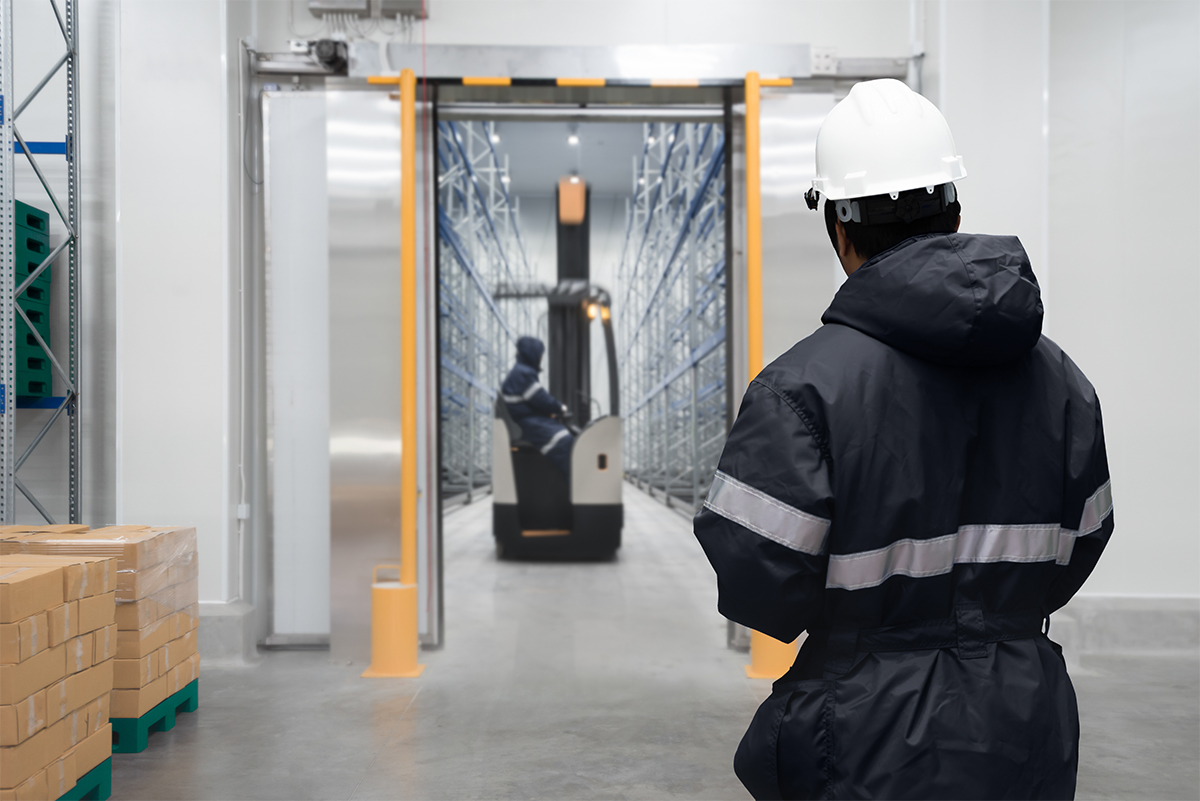

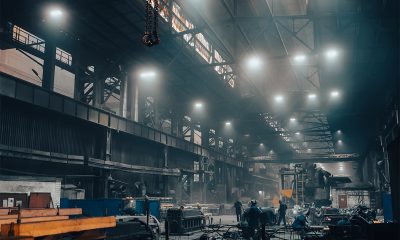
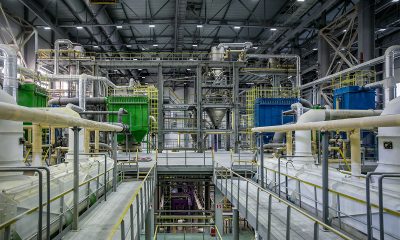
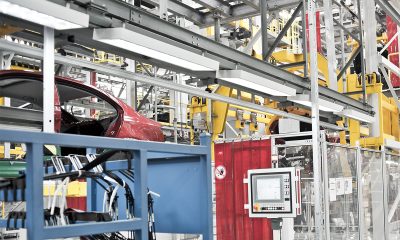
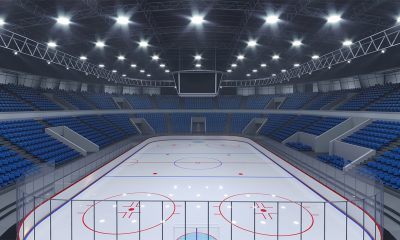
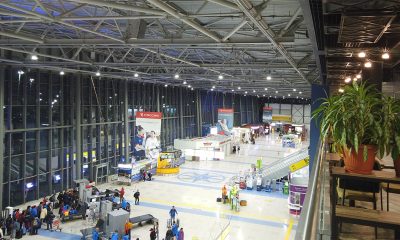
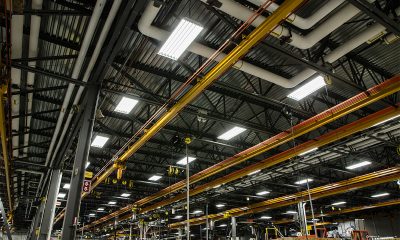
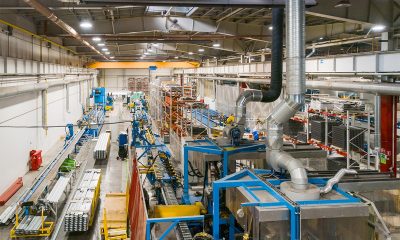
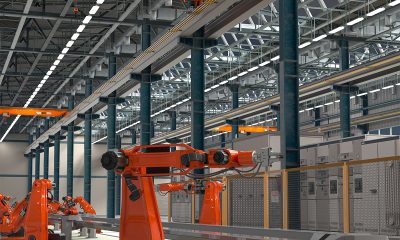
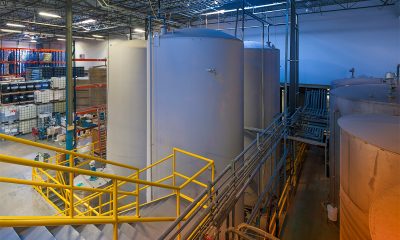
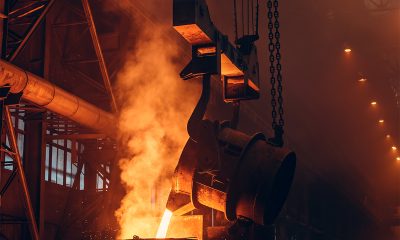
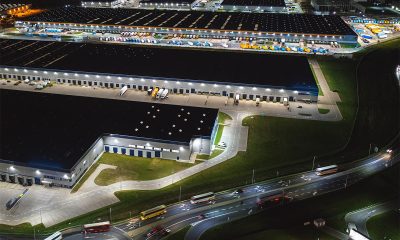





Loading...